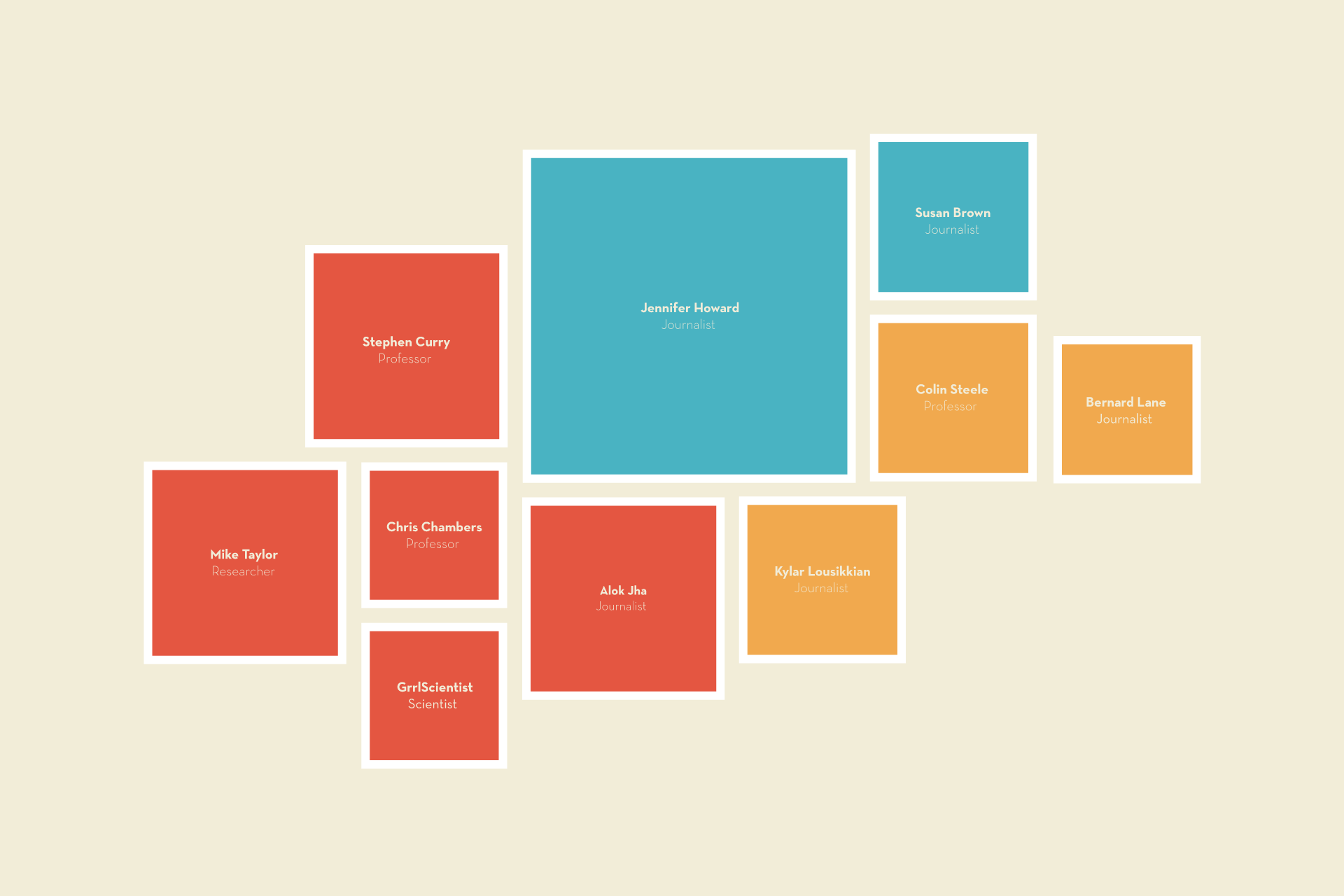Protocol
First we chose to use LexisNexis, a pretty handy online tool which lets you research into different newspapers archives for a specific query. It was also useful for choosing which newspapers to analyse as we selected the first english written ones. In particular, we searched for "open access peer review" into The Guardian, Chronicle, The New York Times, The Australian, The Independent and The Times repositories. Then, with the help of Kimono (another useful web tool indexing articles' metadata), we registered authors along with their professional field, date of publication and the category it was published into. They were then divided into positive, negative, neutral and unkown position towards the peer review debate thanks to a semantic analysis. The negative ones were studied deeplier and divided into more sub-categories representing the reason why they were against: "not working", "financial reasons", "other methods suggested".



